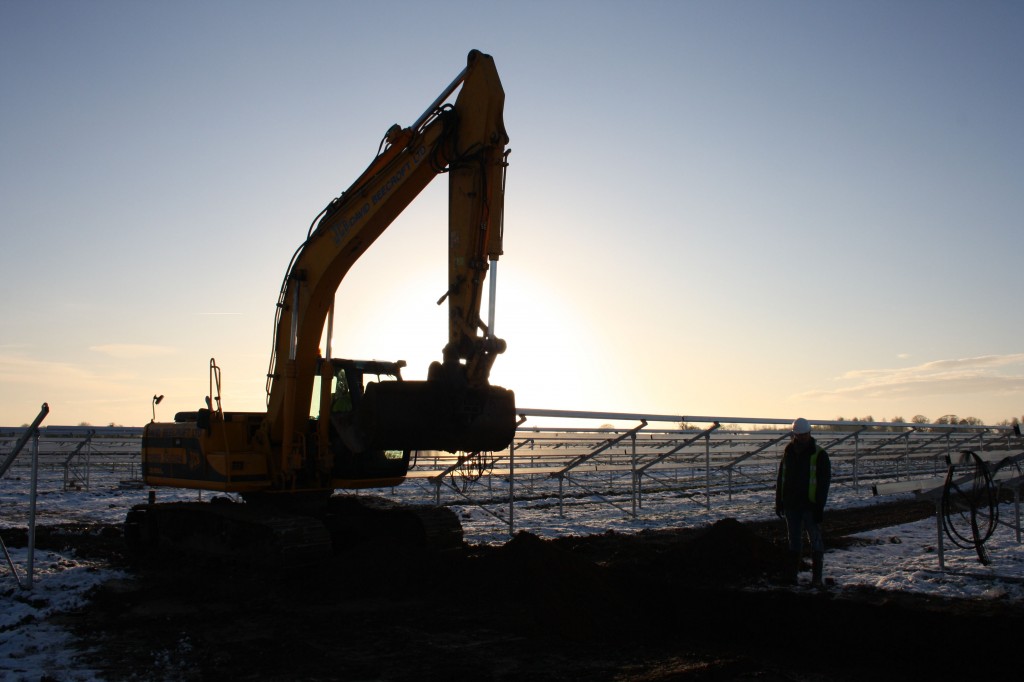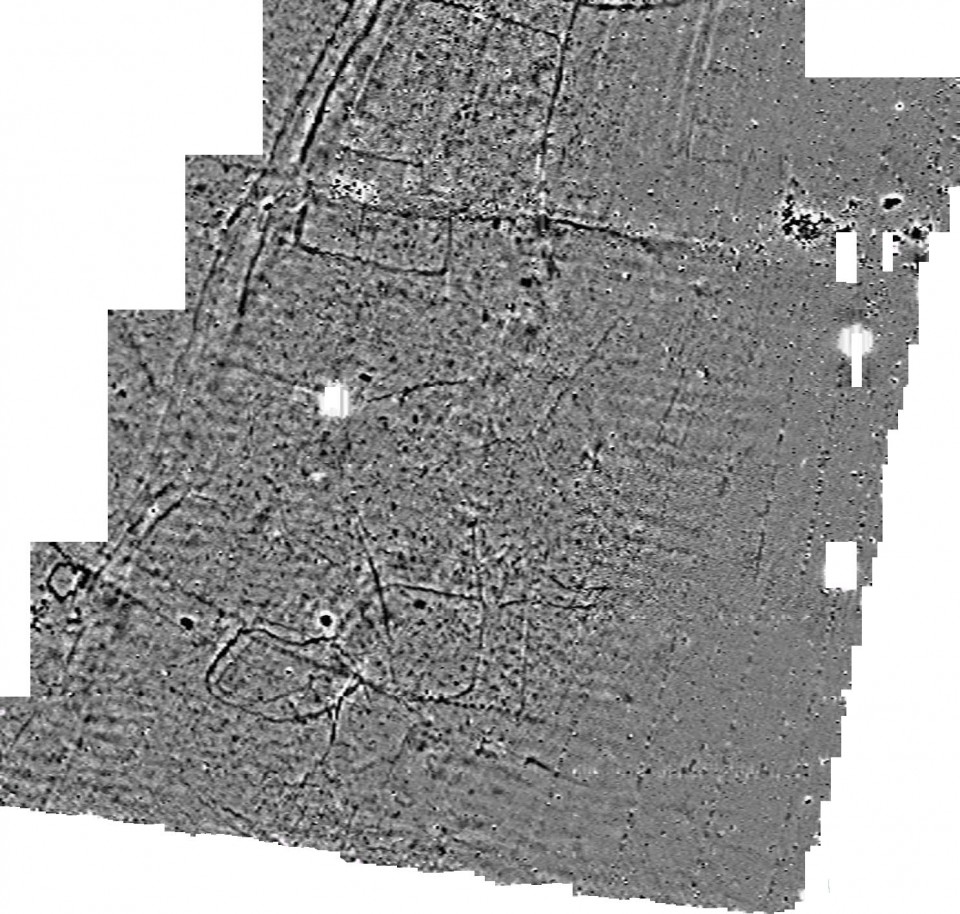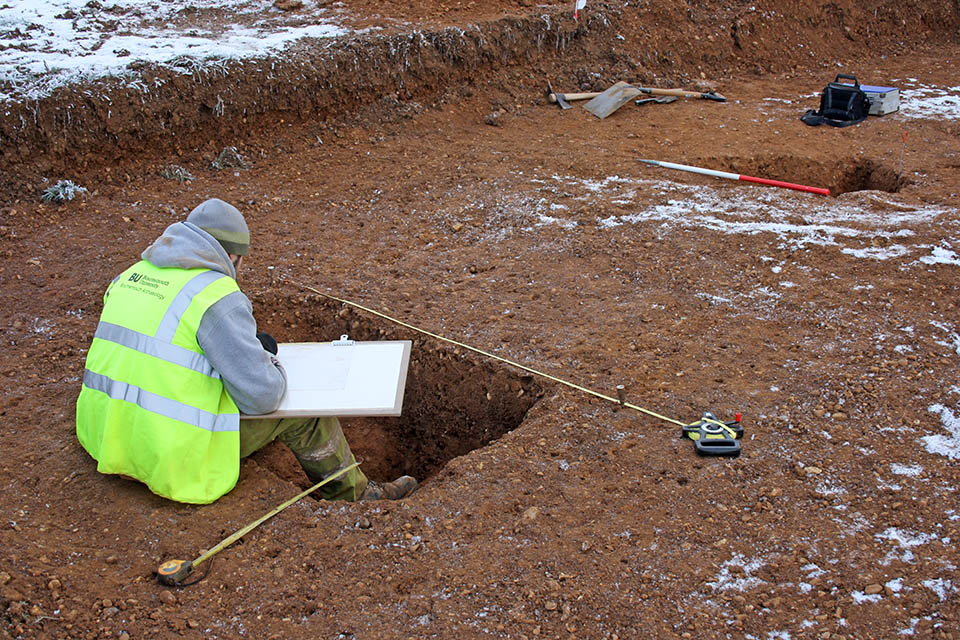
Bournemouth Archaeology is currently engaged in an exciting renovation project of an early fifteenth century Grade II* Listed Manor House, near Romsey in Hampshire. The building has seen considerable alteration and additions to its original form and is currently in use as a school.
Working in conjunction with the client, architect and Conservation Officer, Bournemouth Archaeology’s Historic Building Specialist Team has been carrying out a historic building survey and recording project, making a detailed photographic and written record of areas of the building being affected by the proposed work in accordance with the requirements of the Notice of Listed Building Consent.
One of the school’s buildings, which is currently being refurbished, has a fascinating history and dates back to at least the 15th century.
The exposure of previously hidden elements of the buildings structural fabric has provided a rare opportunity to look at the phasing of the building and understand how it was built, looked and functioned throughout the centuries.
The next stage of the project will involve taking dendrochronological samples from some of the principal timbers in the building, which have been inaccessible until now. The results from analysis of these samples along with observations made during the recording will be used to compile a Heritage Statement which will document the buildings chronology of phases, which until now has only been possible to a certain degree.
During the final phase of the project we will be providing a series of archaeological investigations in the form of a watching brief during excavations for services in the gardens.
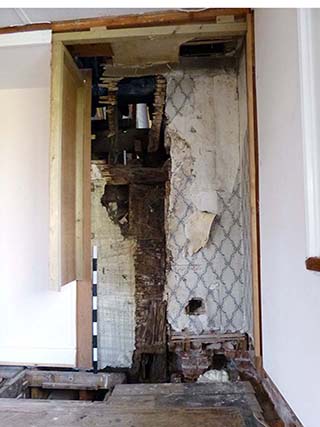
The vertical timber in this photo is a corner of a medieval hall house, and the earliest phase of the building. The horizontal timber on top of it would have supported the principal rafters of the original roof structure, which is now long gone.
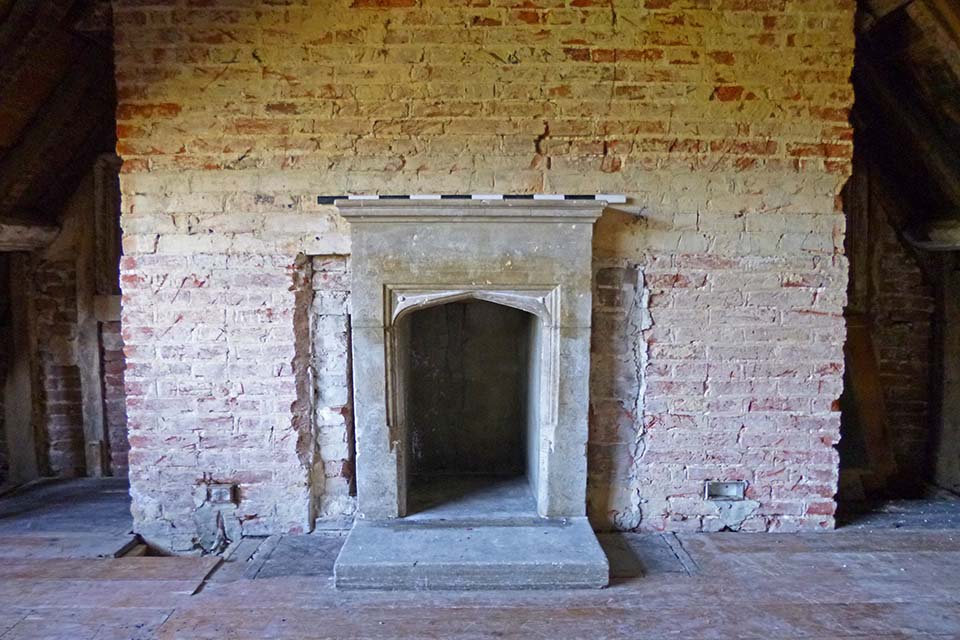
The removal of plaster from this chimney breast shows the fireplace has been reconfigured at least three times.

This early post medieval window had been covered over and forgotten about. It is a lovely example of what can be found during the renovation of a historic building.
